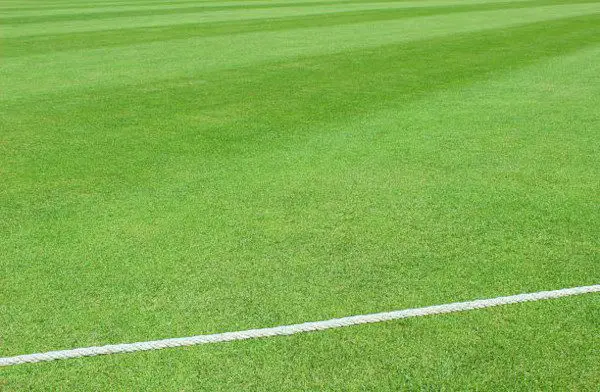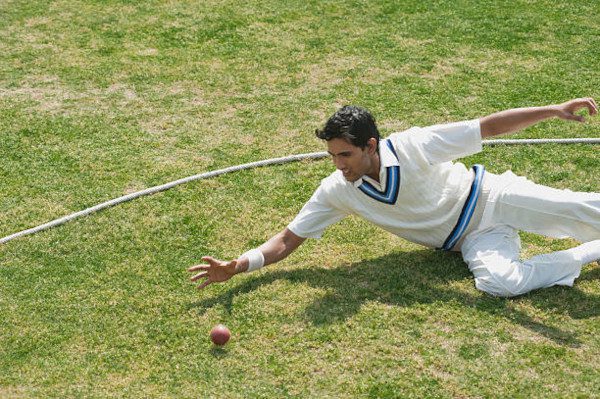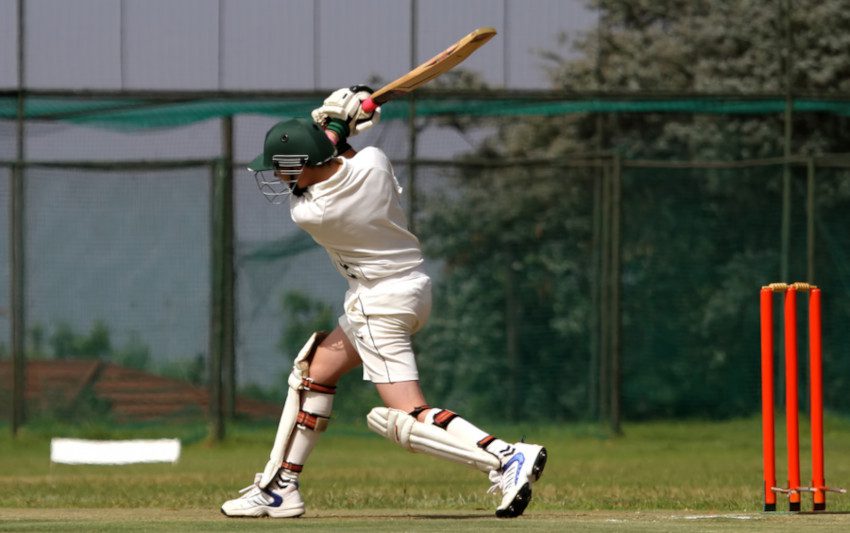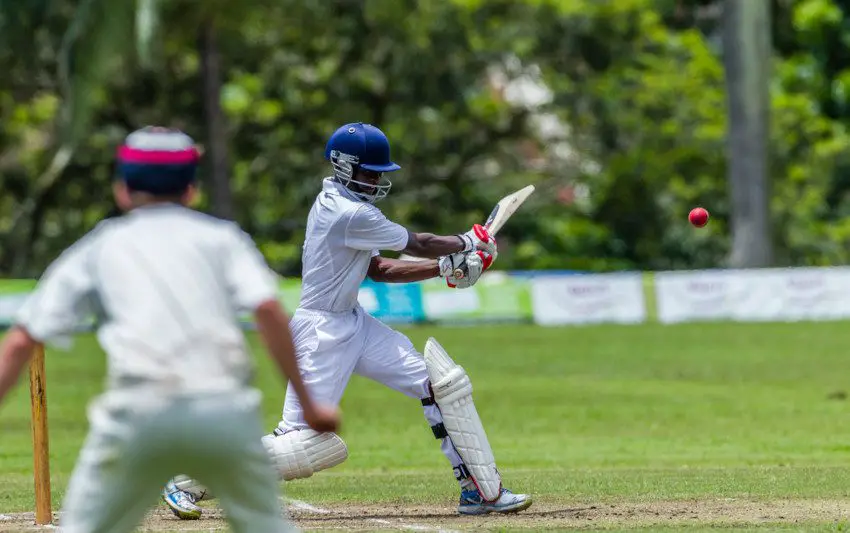Table of Contents
I learnt a lot of cricket terms by watching games on the television. One of the more common phrases relates to line and length. It’s specifically about the bowlers but what does it mean?
What is Line and Length in Cricket?
The phrase line and length describes where the bowler is delivering the ball. The line is the direction of the delivery in relation to the stumps while the length is the point on the pitch where the ball actually lands.
Having a good and consistent line and length is important in a match situation.
Line in Cricket
Think of the cricket pitch as a horizontal plane. The middle stump is the very centre of that plane and the line is measured according to where the ball moves in relation to that stump.
Measuring line could be very precise but, in general, bowlers can deliver the ball into one of the following, general group of areas:
The Corridor of Uncertainty
This is a phrase attributed to the English batsman Geoff Boycott. The Corridor of Uncertainty is an area outside of the batsman’s off stump. It’s uncertain because the batter is unsure whether they should play at it or simply allow the ball to travel through to the wicket keeper.

The Off Stump
Many of the terms relating to the line of the cricket ball are self-explanatory. In this instance, the line is directed at the off stump. The batsman has to play because there is a chance that they may be bowled or given out LBW.
Many of the quicker bowlers will aim for a consistent off stump line in order to make the batter play.
Middle or Leg Stump
This type of line is aimed at either the middle or the leg stump. It can still dismiss the batsman but it will usually be easier for them to play any type of shot according to the delivery.
For this reason, bowlers will look to avoid this line unless the ball is seaming, swinging or spinning.
Outside Leg Stump
This line should definitely be avoided: In limited overs cricket, a ball passing the batsman outside leg stump will be classed as a wide. In test and first class cricket, there is more leeway but it remains a relatively harmless delivery.
Dismissals can occur if the ball is caught on the leg side so the bowler will occasionally look for this if they perceive that the batsman has a weakness.
Outside Off Stump
The outside off stump line is similar to the Corridor of Uncertainty. It can also apply to balls that are much wider – outside of that corridor.
A wider ball, outside of off stump, will tend to be left alone by the batsman. A bowler will, therefore, usually avoid sending down an outside off stump line unless they believe that the batter has a tendency to play loose shots on the off side.
Length in Cricket
Now we need to look at the pitch from side on to determine length. This is the point on the pitch where the ball lands – between the batsman and the bowler.
Length will determine the type of shot that the batter will play and, depending on the conditions of the pitch and the weaknesses of that batsman, it can give the bowler an advantage.
Very Short or Bouncer
A short delivery will bounce to a greater degree and its intention is to arrive at the batsman at around shoulder height or above. It can be bowled with a view to intimidate the batter or to induce a false shot that goes in the air. The short length will generally see the ball land at around half way on the pitch.
This type of delivery can also be referred to as a long hop but this term refers to a delivery that carries less danger. A long hop is slower and can ‘sit up’ allowing the batsman to hit it with relative ease.
Short Length
A short length ball is pitched just above the half way point on the wicket. Depending on the conditions and the amount of bounce that exists in the surface, it will arrive at the batsman just above the waist.
This is a good type of delivery for faster bowlers but not for spinners as the batsman will have more time to play their shot.

Back of a Length
Back of a length balls are closer to the batsman – a little further over half way and they should arrive around waist height. Once again, these are better for the seamers and not so good for the spinners.
Good Length
We’re now getting much closer to the batsman. A good length would arrive at around knee height and it might be met with a defensive shot. This is a strong length for the spinner if the ball is turning.
Full Length
A full length is pitched closer to the batter and may also induce a defensive shot. It is likely to arrive between shin and knee height and is a good delivery for both seamers and spinners.
Half-Volley
A half volley is a full ball which gives the batsman time to play the drive. It’s not a good length for any bowler and they will look to avoid it.
Full Toss
The full toss arrives at the batsman without pitching. The full toss is easy to hit and should be avoided.
Yorker
If done right, the yorker is a ball delivered right on the batsman’s toes. It is very difficult to play and is a good delivery for both spinners and pacemen.
How to Improve Line and Length
Practise is the only way to really get your line and length in shape. This involves long periods in the nets if you are really serious about your cricket.
There are specific tips for improving your line and length such as placing cones or other objects on certain lengths in those practise session.


